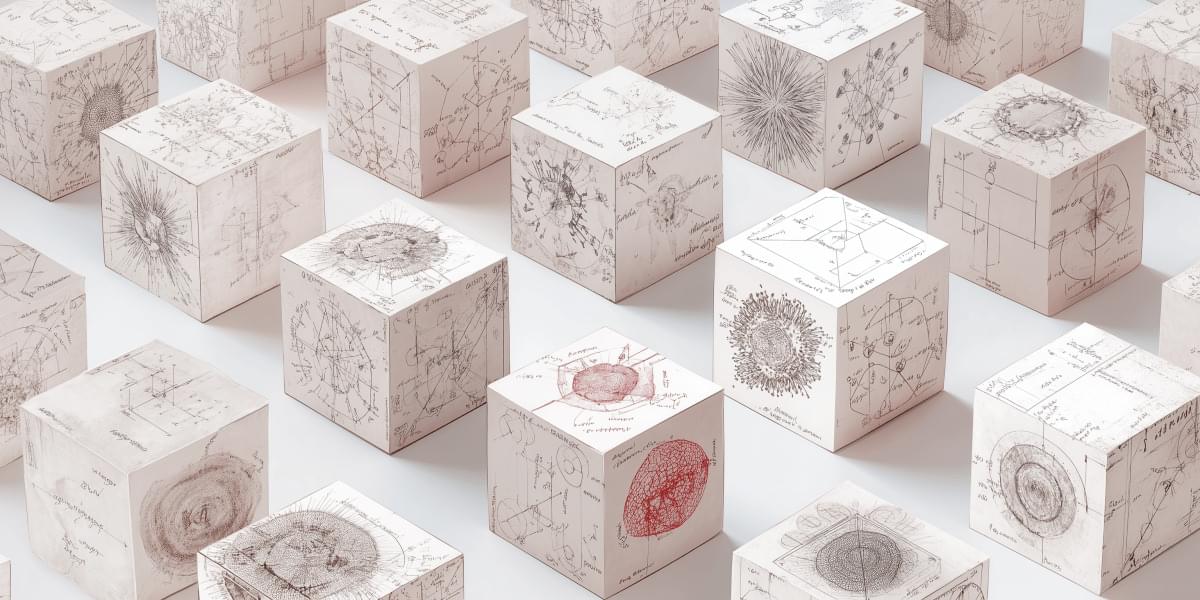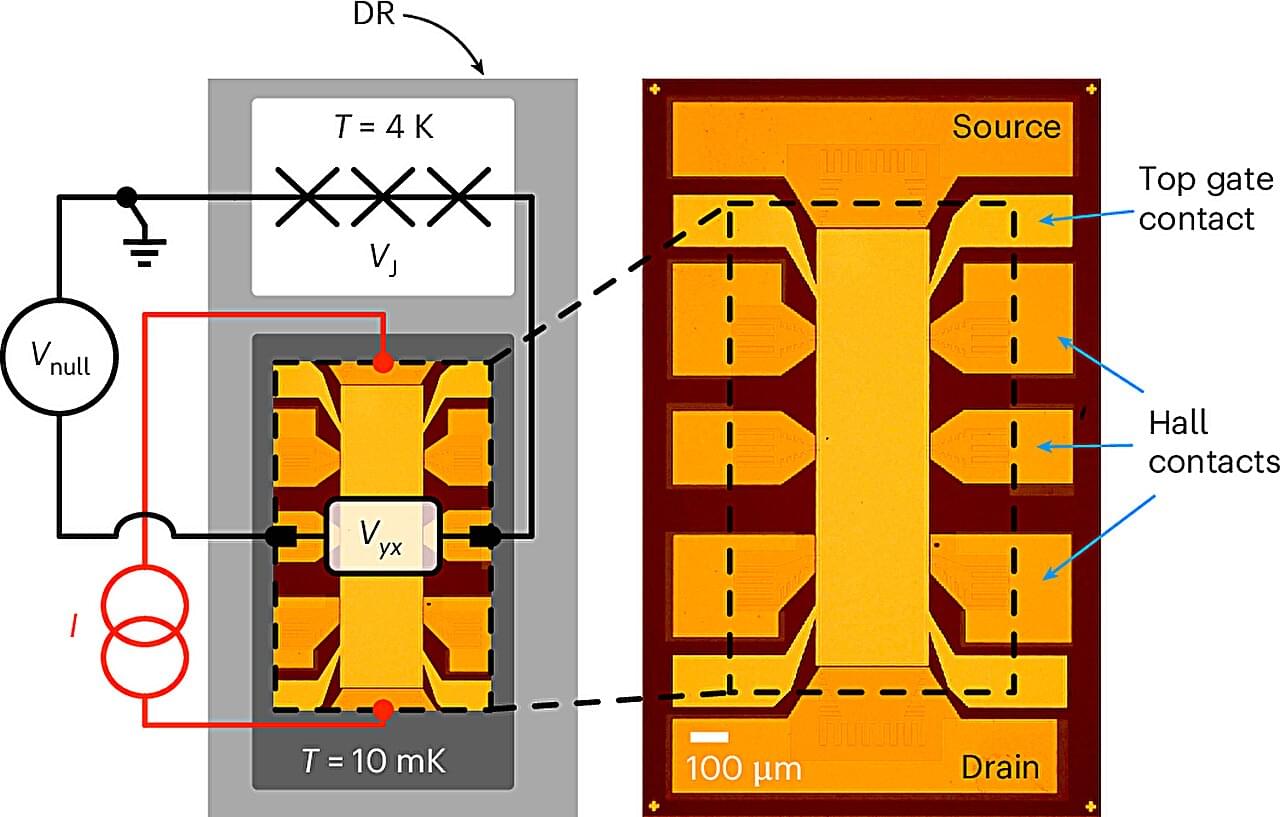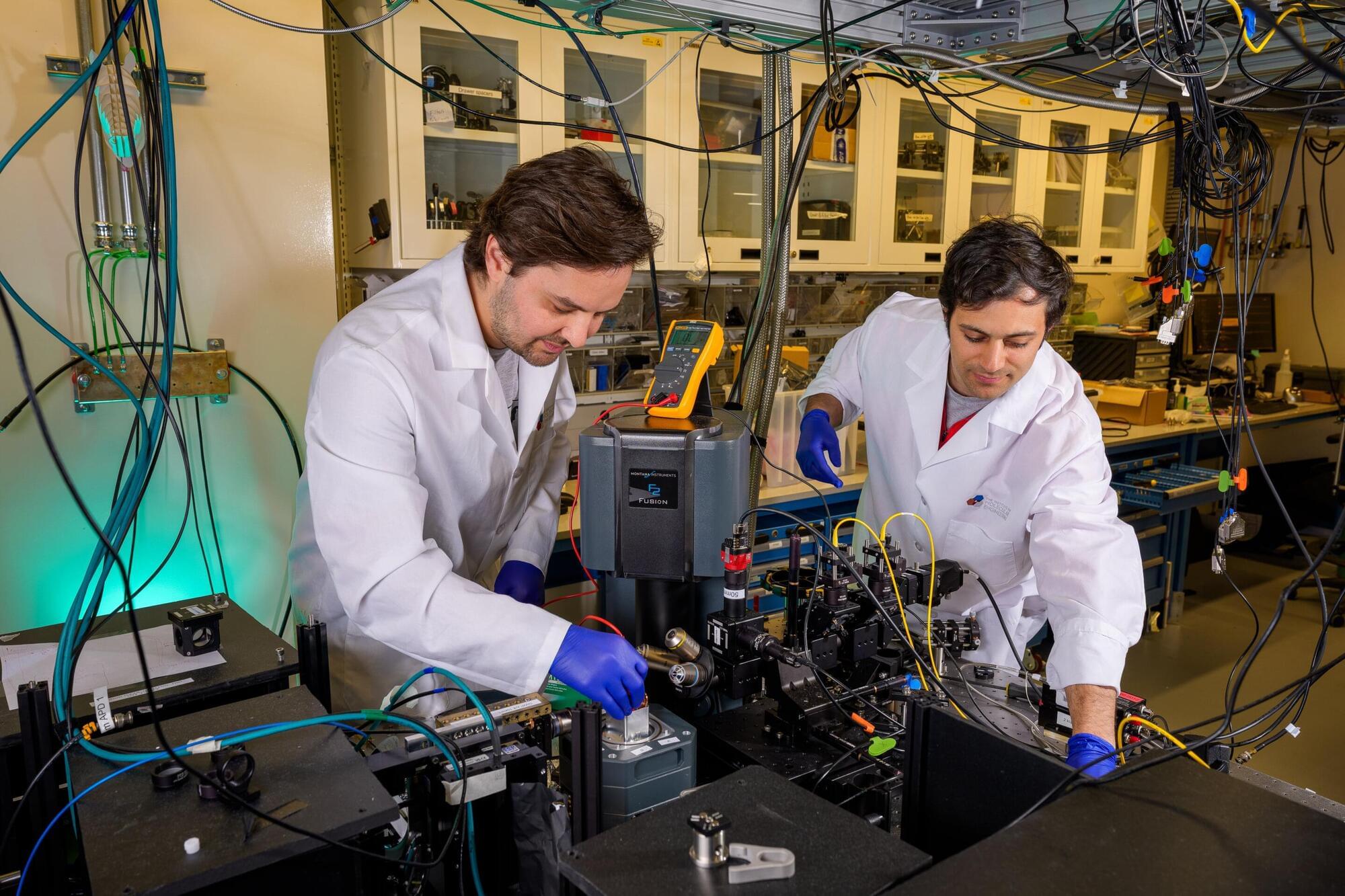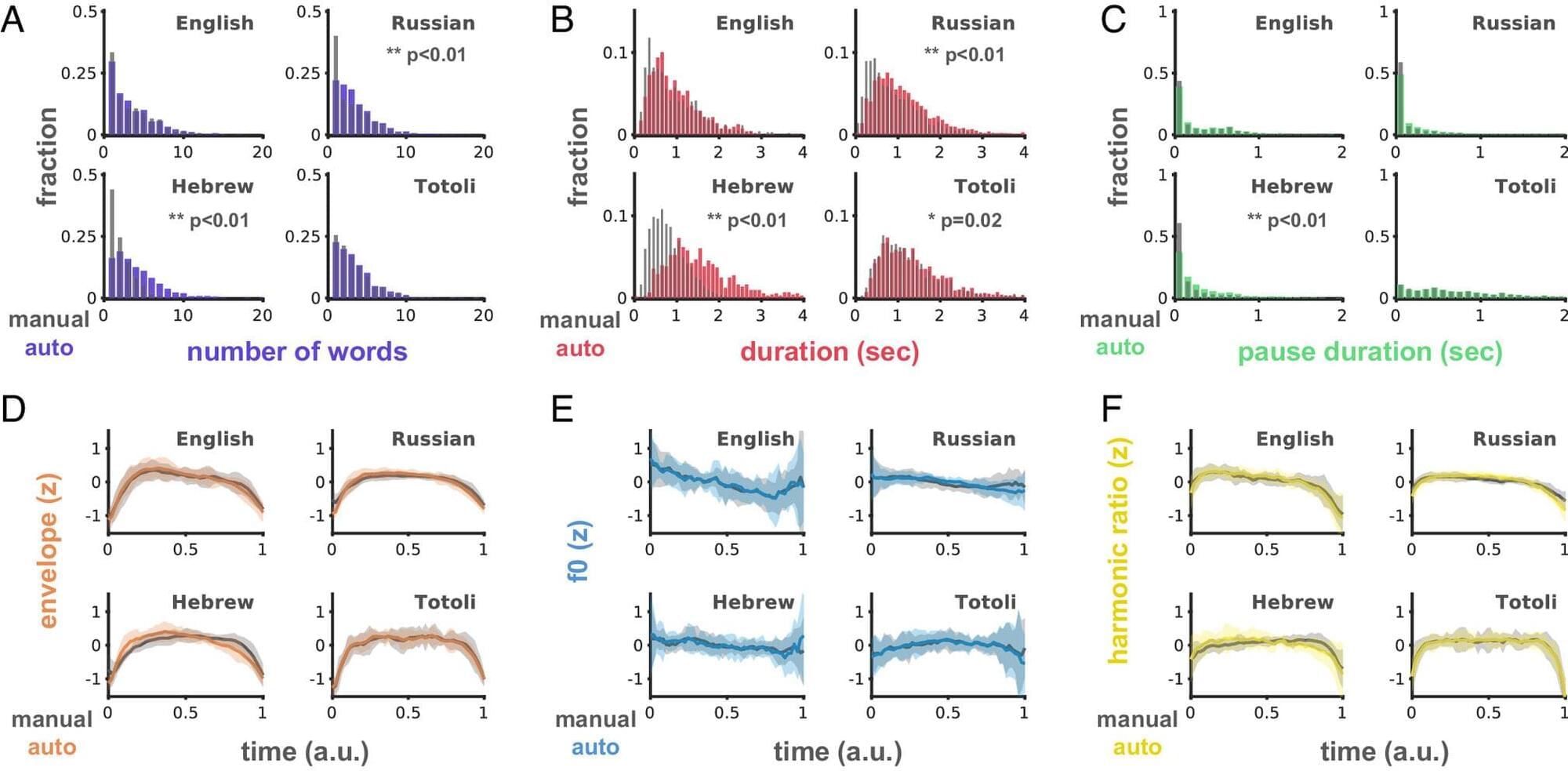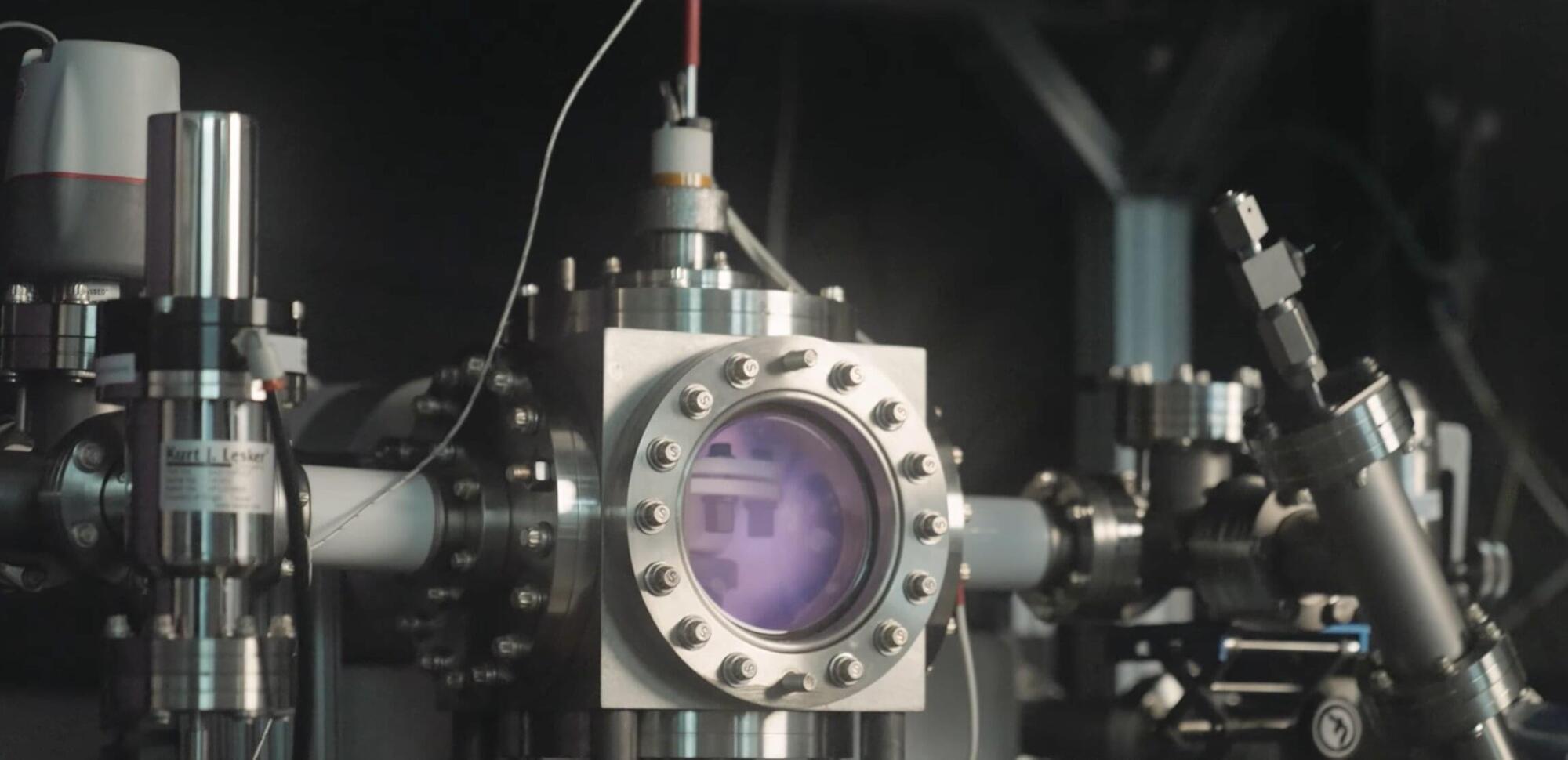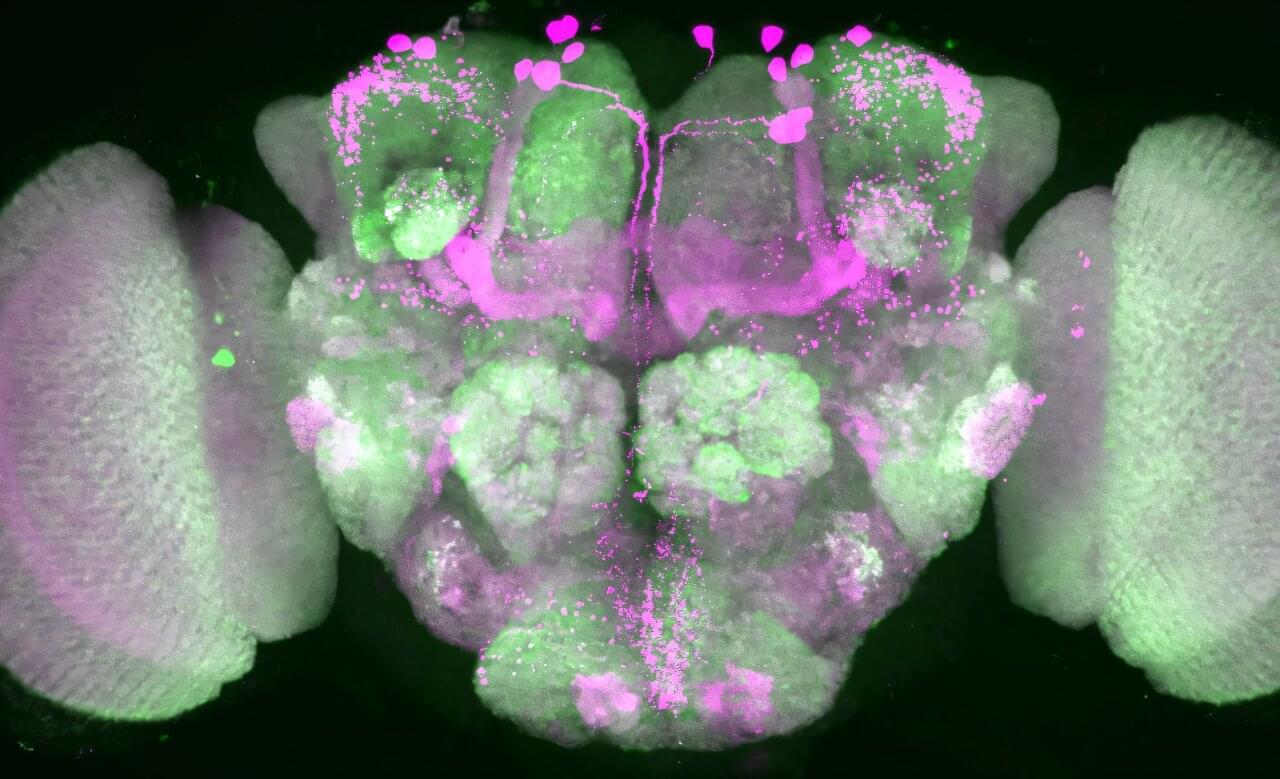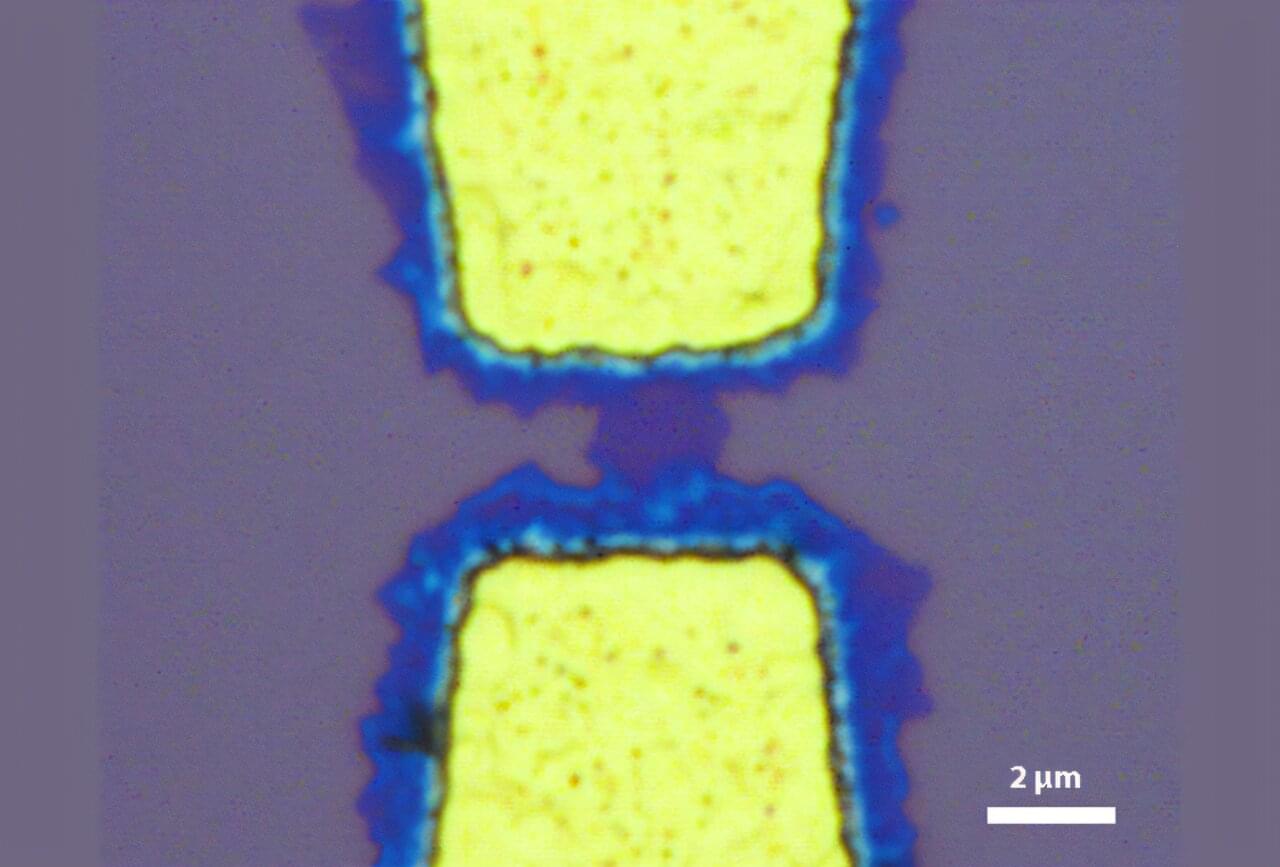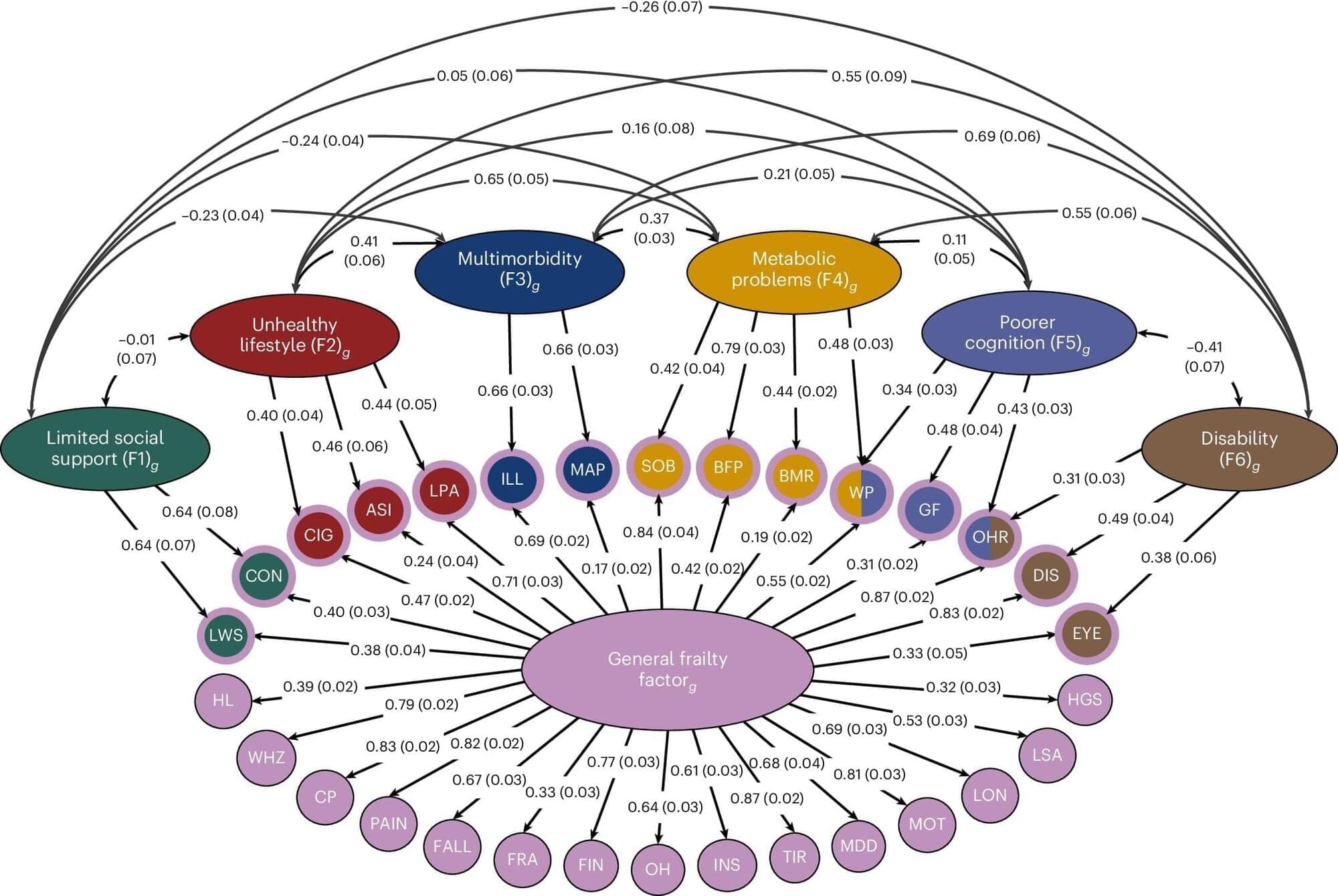At first glance, biology and quantum technology seem incompatible. Living systems operate in warm, noisy environments full of constant motion, while quantum technology typically requires extreme isolation and temperatures near absolute zero to function.
But quantum mechanics is the foundation of everything, including in biological molecules. Now, researchers at the University of Chicago Pritzker School of Molecular Engineering (UChicago PME) have turned a protein found in living cells into a functioning quantum bit (qubit), the foundation of quantum technologies. The protein qubit can be used as a quantum sensor capable of detecting minute changes and ultimately offering unprecedented insight into biological processes.
“Rather than taking a conventional quantum sensor and trying to camouflage it to enter a biological system, we wanted to explore the idea of using a biological system itself and developing it into a qubit,” said David Awschalom, co-principal investigator of the project, Liew Family Professor of Molecular Engineering at UChicago PME and director of the Chicago Quantum Exchange (CQE). “Harnessing nature to create powerful families of quantum sensors—that’s the new direction here.”
